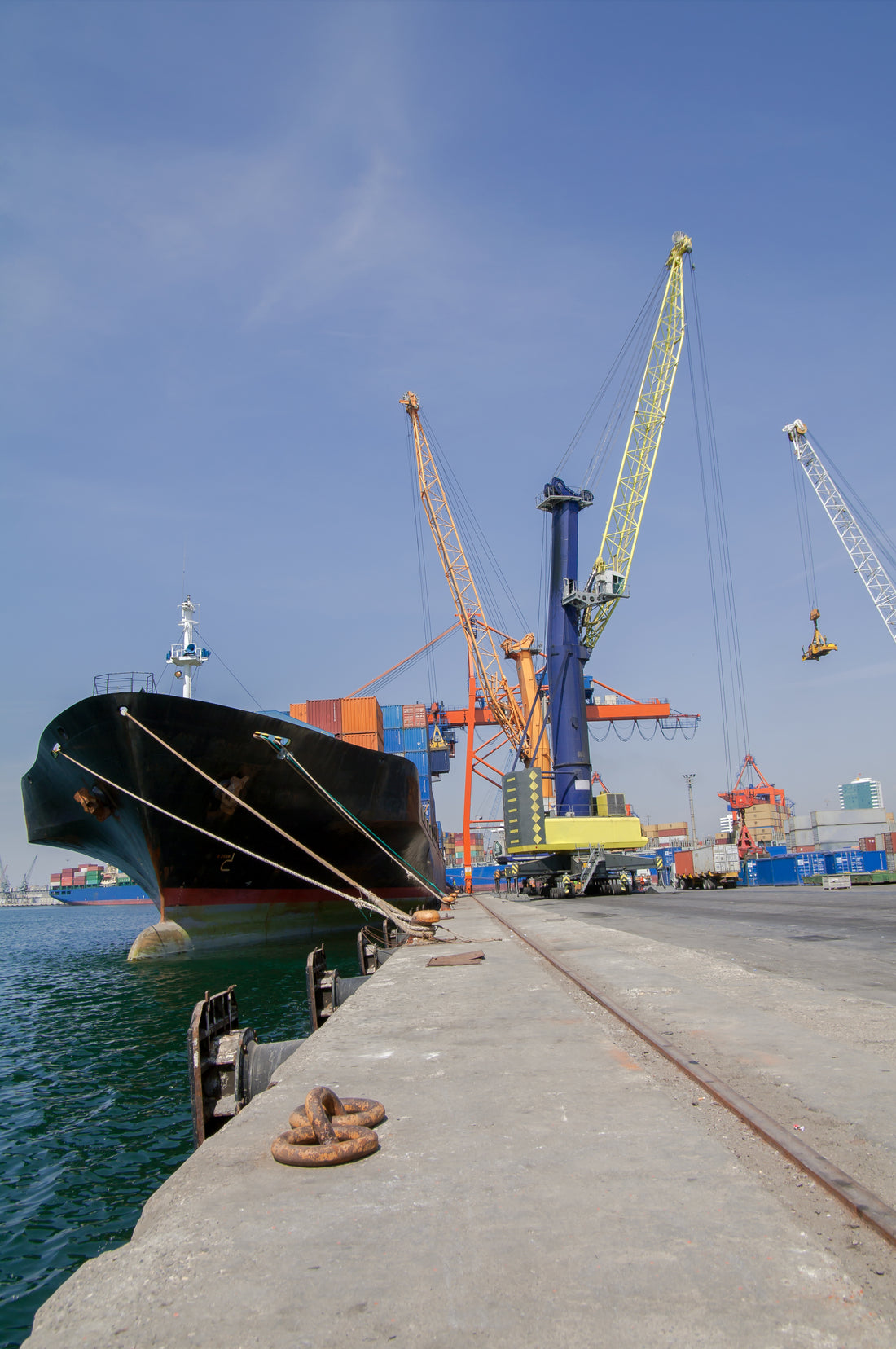
What are the Differences Between Types of Shackles?
Shackles are manufactured in a wide variety of types, styles, sizes, and fabrications, and with so many different types of shackles available, choosing the right one for the job can be confusing. We’ve outlined some of the basic differences between the most common types of shackles. If you have any questions, contact one of our rigging product specialists on our sales team at 800-660-3585.
Types of Shackles - Anchor Shackle vs. Chain Shackle

Anchor shackle
Bow shackles and anchor shackles, names used interchangeably, refer to a shackle with a larger, rounded "O" shape look.
However, a bow shackle typically has a larger, more defined bow area than an anchor shackle. The rounded design of anchor shackles and bow shackles allows them to take loads from many directions without developing significant sideload.
The larger loop shape of an anchor shackle or bow shackle does reduce its overall strength, but it is also able to handle a larger strap.

Chain shackle
Chain shackles, also known as D-shackles, refer to the “D” shape design. A D-shackle is narrower than a bow or anchor shackle and generally has a threaded pin or pin close. The smaller loop is designed to take high loads primarily in line.
Side and racking loads may twist or bend a D or chain shackle. Both types of shackles are generally always available in galvanized metal and stainless steel, and all come with different pin options as well.
Stainless steel vs. galvanized
Both stainless steel and galvanized metal offer excellent protection from rust and corrosion, making either a good choice.
In general, galvanized shackles are ideal for industrial applications where moisture is not a major issue. Galvanized steel has a thin coating of zinc oxide to protect the steel from elements that lead to corrosion and oxidation. Galvanized is also a great value as it tends to be less expensive than stainless steel, but still maintains the shackle's strength and durability.
- Browse through our Galvanized Shackles today!
Stainless steel shackles are more corrosive-resistant and, are therefore ideal for marine applications. Our stainless steel shackles are made of type 316 stainless steel, which is considered “marine grade.”
Type 316 marine grade stainless steel contains molybdenum, which makes it resistant to ocean water mist or spray, so it’s especially useful in extreme conditions or moisture or in a high chloride environment. Type 316 stainless D shackle equipment is ideal for sailing and yacht rigging uses.
Types of Shackles - Snap Shackles

Swivel Eye Snap Shackle
A snap shackle contains a spring-activated mechanism to use quickly and with one hand. These work best for jobs where speed is important, or you repeatedly connect and disconnect this product.
Because they generally have lower working load limits than comparable bolt type or pin-type shackles, snap shackles are not recommended for heavy-duty applications.
We offer four main types, all in Type 316 stainless steel:
Pin options
The pin that locks a shackle can be a deciding factor on which will work best for your job.
Pin styles range include loose pins, captive pins, round pins, screw pins, and bolt-type pins.
Screw pin shackles are popular because they offer a pin that is easy to connect and disconnect.
Captive pin shackles offer a pin that doesn't remove itself from the bow of the shackle which is essential in various marine applications. Marine workers particularly use these pin shackles because they won't accidentally dropped in the water.
Bolt-type shackles secure with a bolt/nut/cotter pin combination and is popular for more heavy-duty securement.




